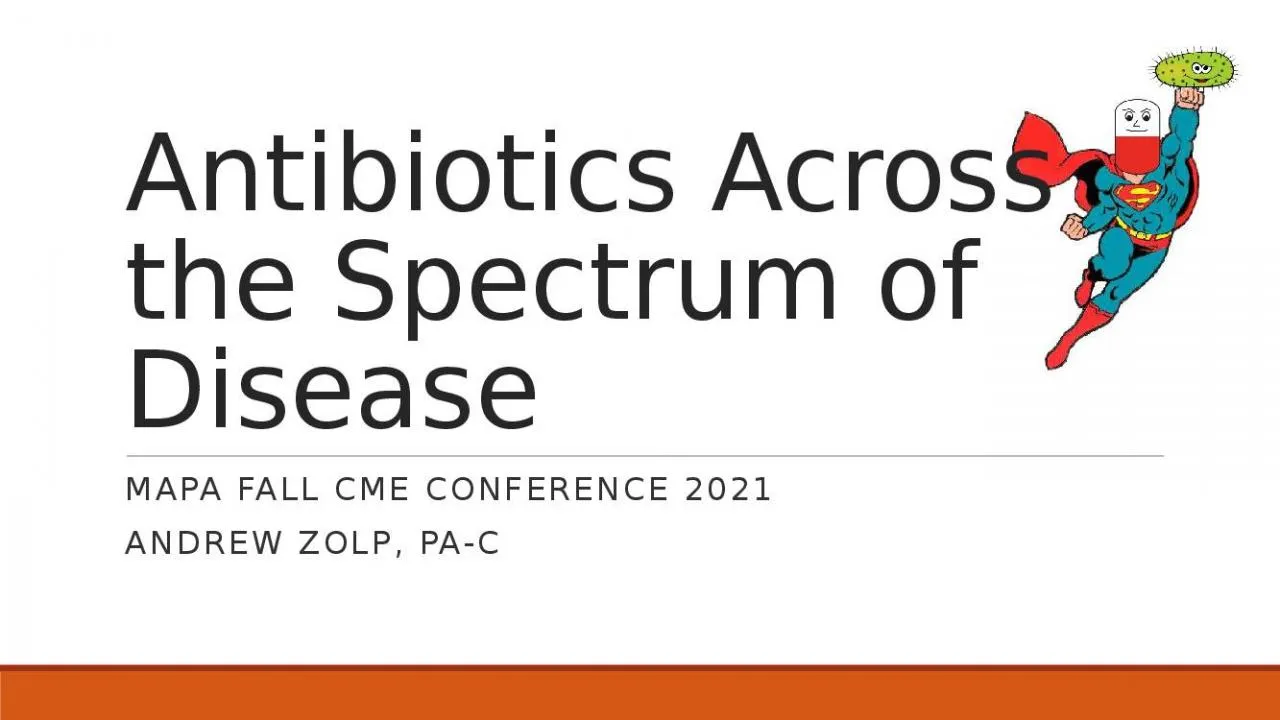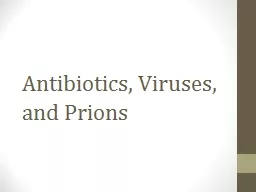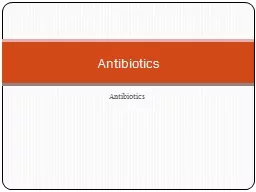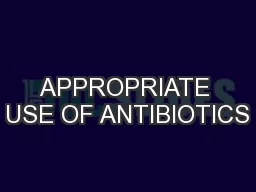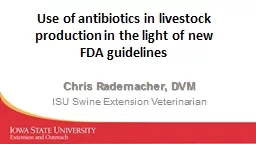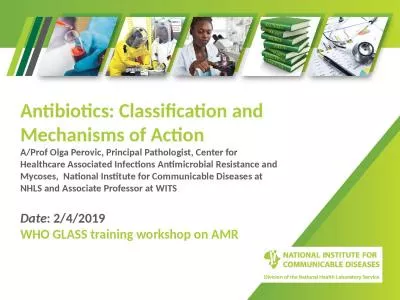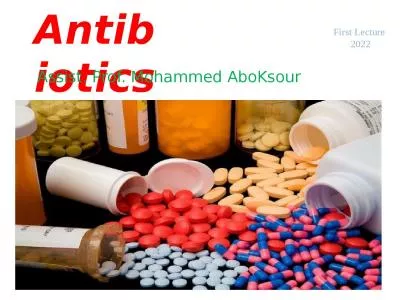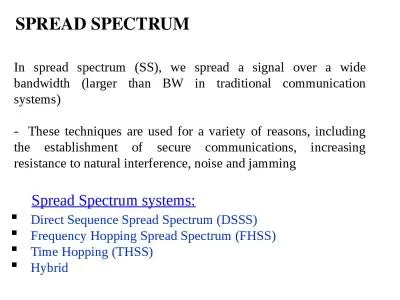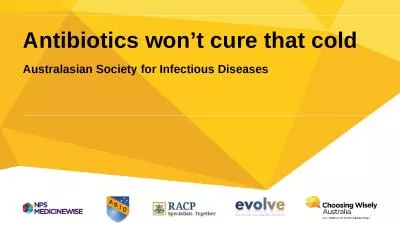PPT-Antibiotics Across the Spectrum of Disease
Author : paisley | Published Date : 2022-02-16
MAPA fall cme conference 2021 Andrew zolp pac Disclosures I have no disclosures to report Brand names are included for many of the antibiotics included in this
Presentation Embed Code
Download Presentation
Download Presentation The PPT/PDF document "Antibiotics Across the Spectrum of Disea..." is the property of its rightful owner. Permission is granted to download and print the materials on this website for personal, non-commercial use only, and to display it on your personal computer provided you do not modify the materials and that you retain all copyright notices contained in the materials. By downloading content from our website, you accept the terms of this agreement.
Antibiotics Across the Spectrum of Disease: Transcript
Download Rules Of Document
"Antibiotics Across the Spectrum of Disease"The content belongs to its owner. You may download and print it for personal use, without modification, and keep all copyright notices. By downloading, you agree to these terms.
Related Documents

